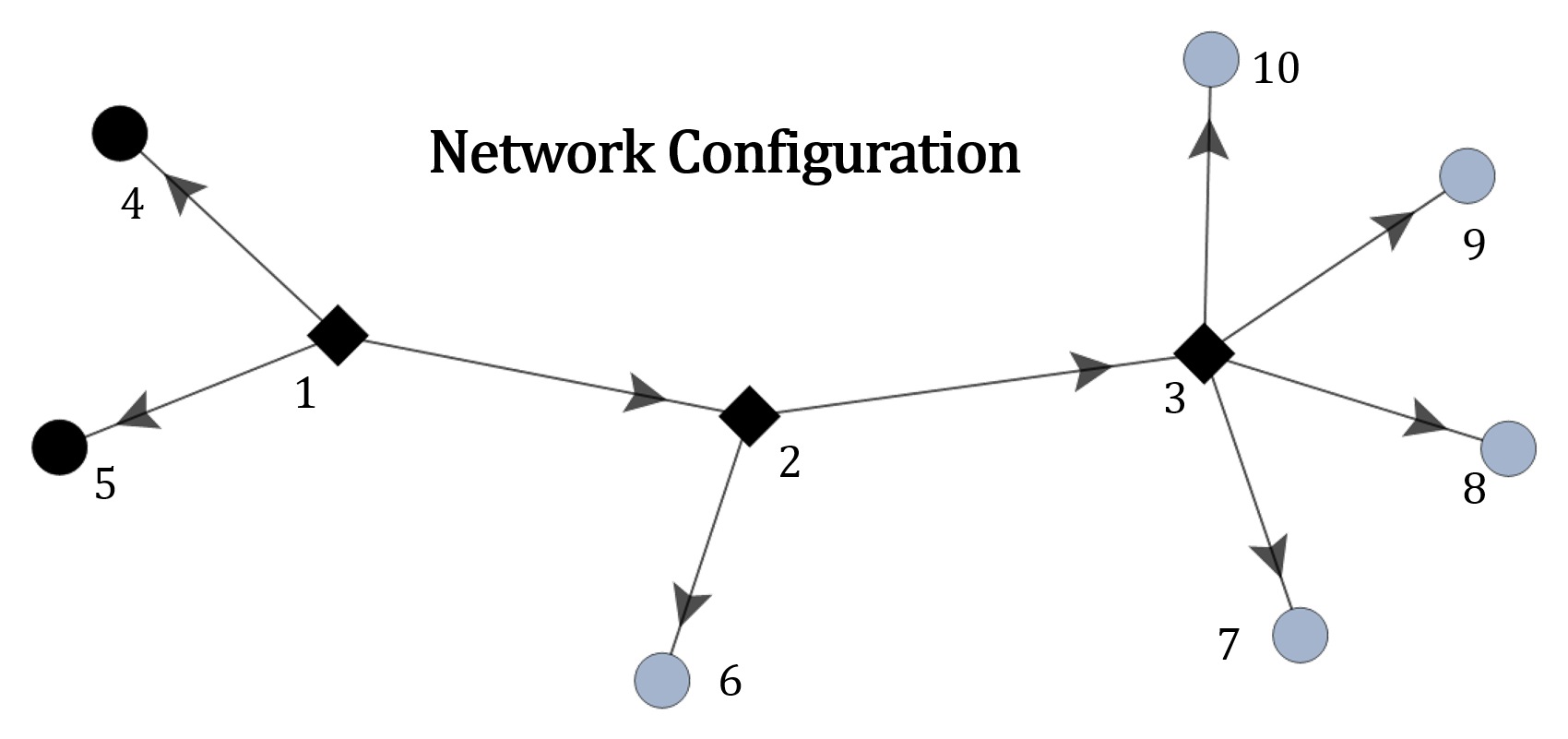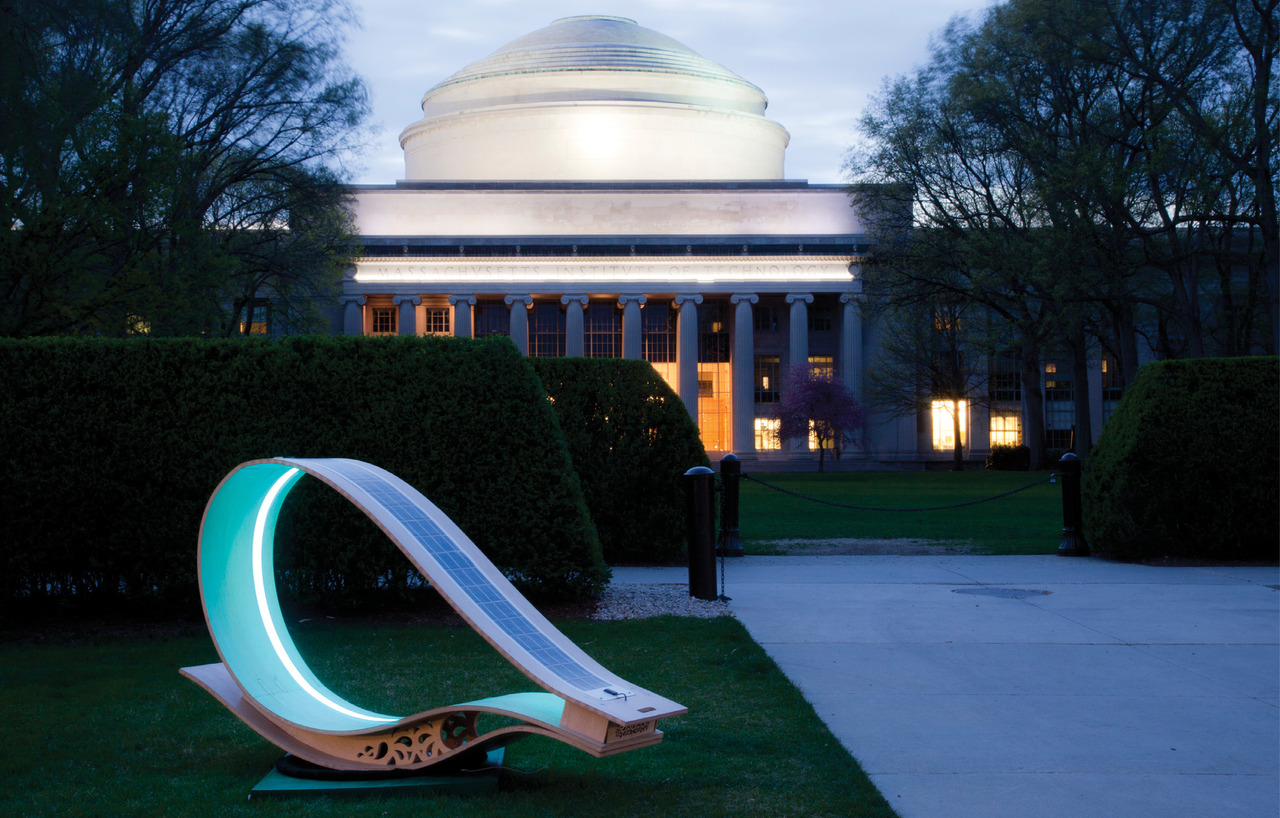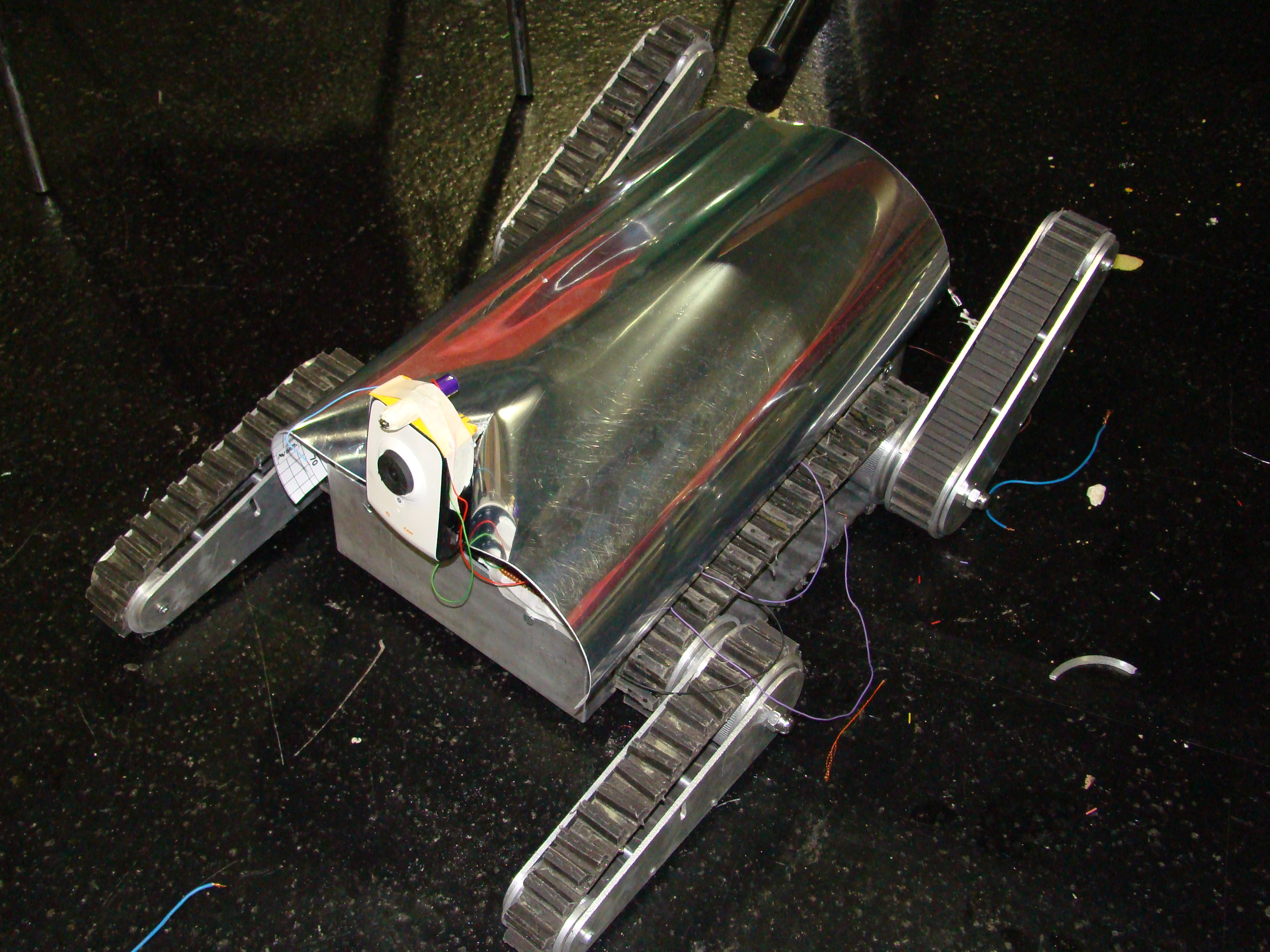Research
Autonomous Microgrids
Modelling, stability and control algorithm for ad hoc grid
Ad hoc electrical networks are formed by connecting power sources and loads without
pre-determining the network topology.
There are two core aspects to ad hoc system design:
1) designing units such that the microgrid formed from the arbitrary interconnection is always stable and
2) developing control strategies to autonomously manage the microgrid in a decentralized manner and under
large uncertainty.
To address these challenges we apply a nonlinear control techniques to obtain conditions under which an
ad hoc dc microgrid will have a suitable and asymptotically stable equilibrium point. Further, we propose and test a new decentralized
control algorithm that coordinates many sources to achieve a specified power dispatch from each.
Architecure of peer-to-peer ad hoc grid and design trade-off's to reduce cost
This work presents a new concept of peer-to-peer electricity sharing which creates a marketplace for electricity.
In this marketplace, the people who can afford power generating sources such as solar panels can sell electricity to people who
are unable to afford generating sources or who might have access to electricity but require more electricity at certain times.
These ad-hoc microgrids created by sharing of resources provide affordable electricity
We propose a method to trade-off efficiency and cost of converters to decrease overall system cost and demonstrate this
proposed methodology with the development and comparison of different types of converters.
Schedulling algortihm for demand response
The electricity sharing network poses a problem in multi-agent power scheduling that is not solved by current approaches. The scheduling algorithm must be able to explicitly deal with uncertainty in generation, take into account users' competing demands for power and reliability, and be computationally feasible for a distributed network of extremely low-cost microcontrollers. Our advancement is creating a Market for Reliability (M.f.R.) algorithm similar to tatonnement but, unlike traditional tatonnement, we explicitly price reliability. This allows us to account for uncertainty and provide users with a probabilistic guarantee on achieving their desired activities.
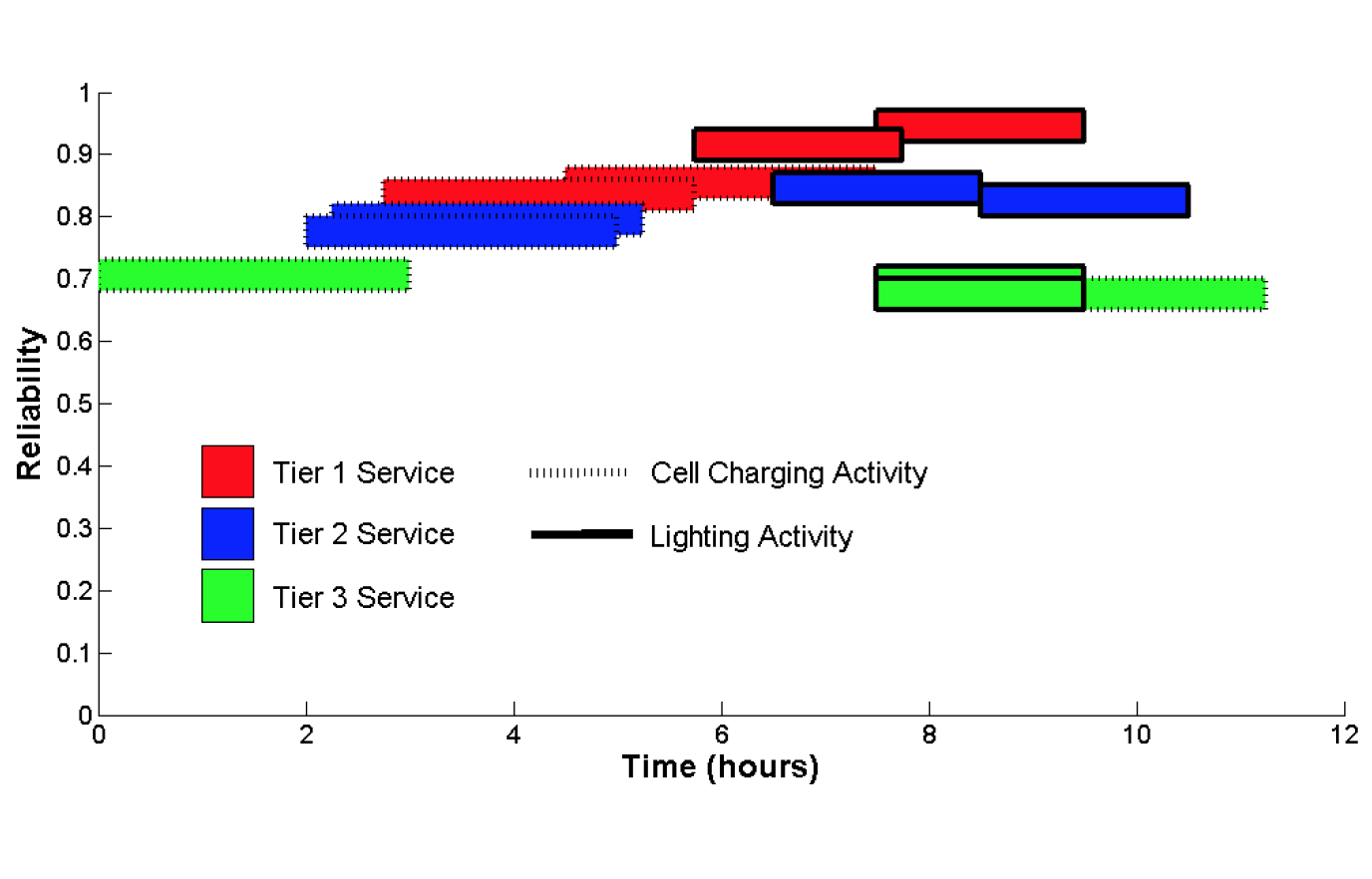
[PDF] A Market for Reliability for Electricity Scheduling inDeveloping World Microgrids
Power Circuits, Systems and Control
VFX Control technique to improve efficieny of laptop power supply
Variable frequency multiplier (VFX) technique enables the design of converters for wide input and/or output voltage
ranges while preserving high efficiency. The technique is applied to an LLC converterto demonstrate its effectiveness for
converters having a wide input voltage variation such as universal input power supplies.
This technique compresses the effective operating range required of a resonant converter by switching the inverter and/or
the rectifier operation between processing energy at a fundamental frequency and one or more harmonic frequencies. This technique
demonstrataed on a laptop power supply to increase its efficieny.

[PDF] Variable Frequency Multiplier Technique for High Efficiency Conversion Over a Wide Operating Range
High efficiency converter for solar applications
This paper presents a new topology for a high-efficiency dc/dc resonant power converter that utilizes a resistance compression network (RCN) to provide simultaneous zero-voltage switching and near-zero-current switching across a wide range of input voltage, output voltage, and power levels. The RCN maintains desired current waveforms over a wide range of voltage operating conditions. The use of ON/OFF control in conjunction with narrowband frequency control enables high efficiency to be maintained across a wide range of power levels.
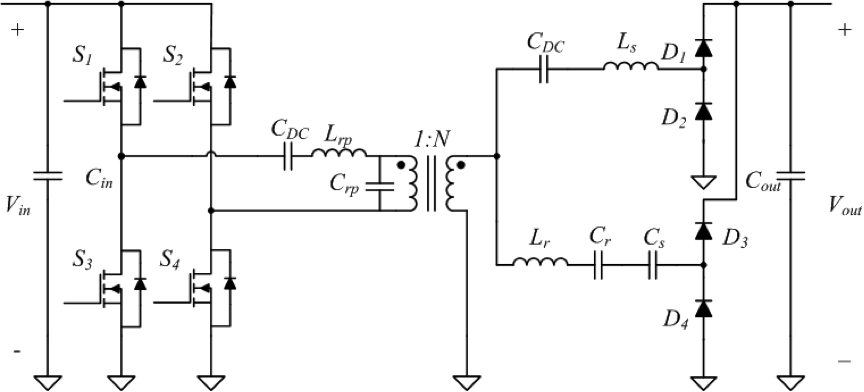
[PDF] High Efficiency Resonant dc/dc Converter Utilizing a Resistance Compression Network
Robotics and Computer Vision
Particle filter based self-localization using visual landmarks
An approach to vision-based self-localization using the combination of particle filter and preprocessed image database. The robot uses particle filter with odometery data and landmark pose for position tracking. Furthermore, it uses the image database to globally localize itself when it has been kidnapped or when no landmark is visible.

[PDF] Particle filter based self-localization using visual landmarks and image database
